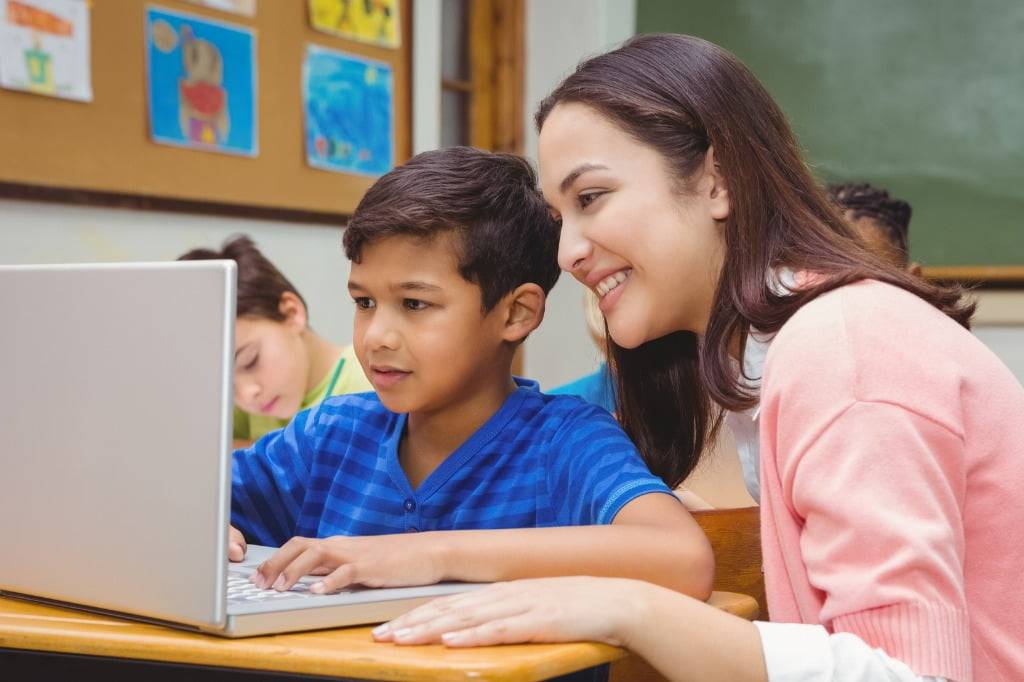Are you looking for the Classworks Special Education program from TouchMath? Click here to go to their site.
Are you looking for the Classworks Special Education program from TouchMath? Click here to go to their site.
Practice worksheets are essential resources in the classroom and comprise one of the three components of the education cycle:
Instruction – A teacher’s responsibility to convey information to students.
Practice – The combined responsibility of students and teachers to put knowledge from instruction into practice.
Assessment – A student’s responsibility to demonstrate what they’ve learned; a teacher’s responsibility to glean the effectiveness of instruction and practice.
Teaching is a choreographed dance that interleaves these three components, creating “knowledge” in their students.


Teachers are the experts, passing knowledge on to students and ensuring that their classes have gained an adequate understanding of said knowledge. By employing strategies, such as “Brain-Friendly Teaching,” Teachers ensure their students’ long-term success.
Worksheets, writing prompts, exit tickets, and other forms of supplementation reinforce the lessons in the curriculum by assisting students as they make their mental maps and encode their new skills into their brains. And by their very nature, worksheets and other supplementals provide ongoing formative assessment data to gauge student progress on an individual basis.
Students don’t all learn the same way nor have they had the same life experiences before arriving in your classroom. Contextualizing the lesson and differentiating it in a variety of formats is one of the secrets to brain-friendly teaching. And now that good tools for making digital materials are available, it’s easier than ever to adapt curriculum resources and supplementals to fit the learning needs of your students.
It’s not enough for students to simply memorize formulas or bullet points in anticipation of an exam. To truly succeed in learning, students must be exposed to a variety of contexts and ways to exercise recently-acquired knowledge. The savvy Teacher will employ brain-friendly strategies to encode learning deep into the memory banks of their students.
To learn more about brain-friendly strategies for embedding learning deep into your student’s memory, read about the work of Marilee Sprenger, aka “The Brain Lady.” For the past 15 years, Marilee Sprenger has been engaged in raising student achievement using brain-based teaching strategies, differentiation, and memory research.
She uses seven steps to help students move new information from sensory to long-term memory:
Remember that the TeacherMade app can be a powerful resource in your tool kit when employing brain-friendly teaching techniques. The app supports so many different activity types and, most importantly, students prefer it over Google Slides, Docs, Forms, or paper handouts.